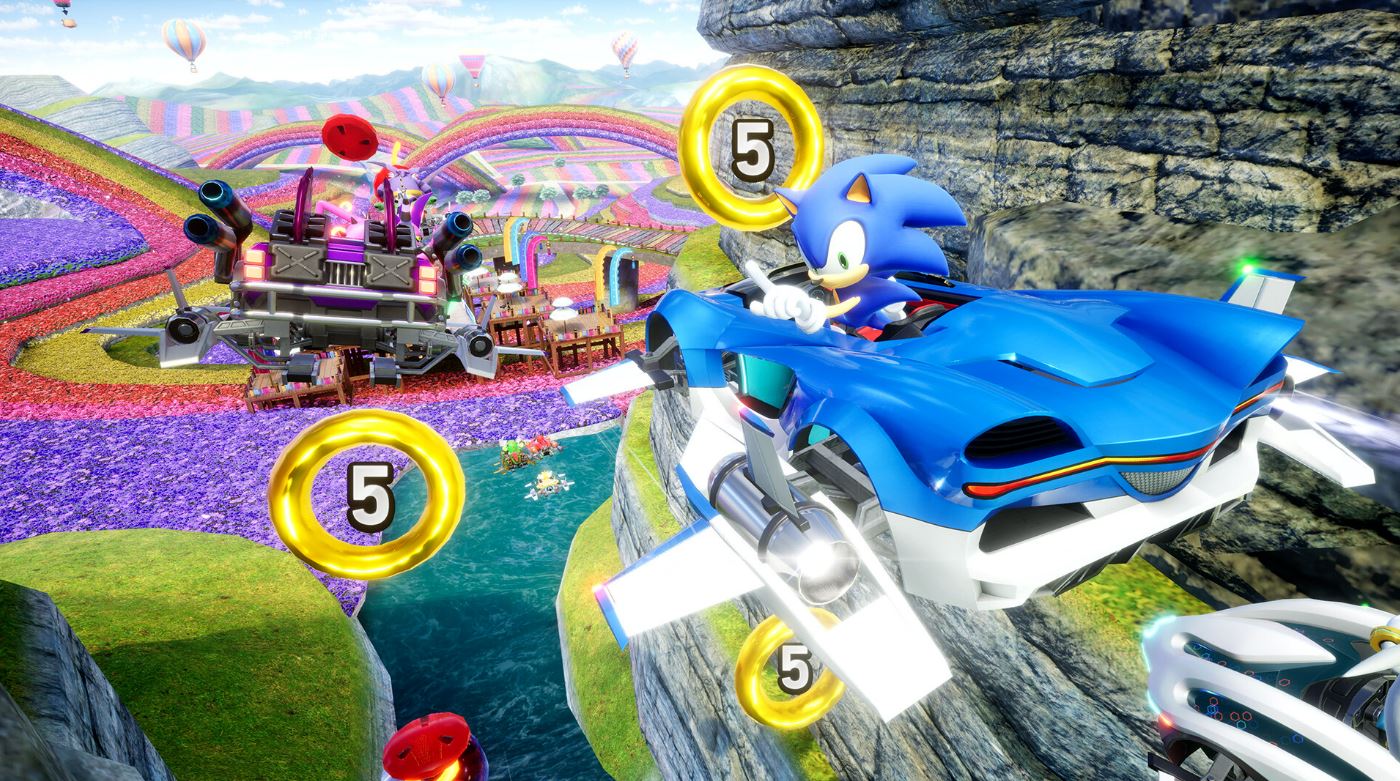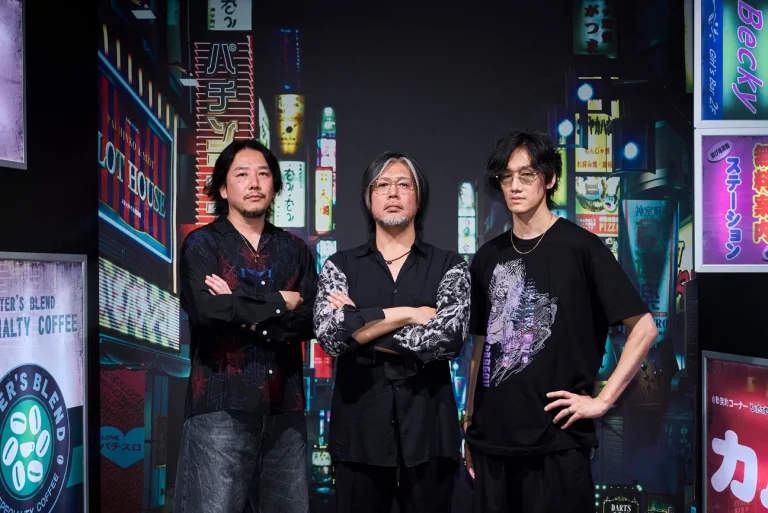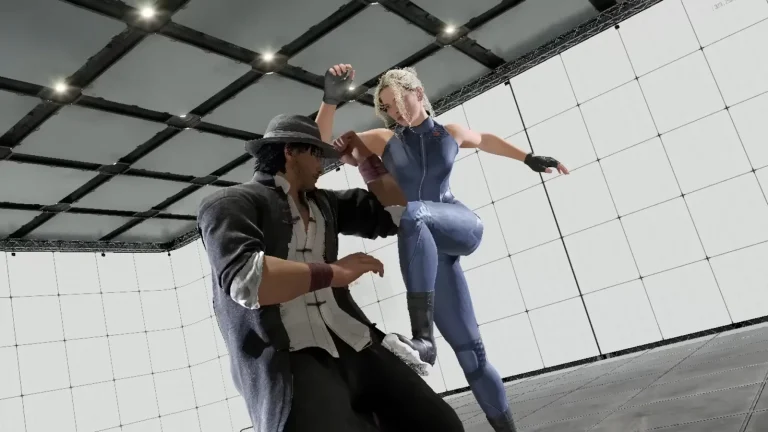Unlike previous Sonic Racing installments, the series’ brand-new entry Sonic Racing: Crossworlds was developed by Sega’s veteran arcade game division, known for the Initial D racing series and numerous rhythm games. Although Crossworlds offers much of the item chaos and unpredictable fun of a party game, at its core, the developers consider it a serious, skill-based racing game that rewards good racers more than lucky ones. AUTOMATON Japan recently talked to Crossworlds’s creative director Masaru Kohayakawa and Kenji Arai (former Initial D arcade series producer), who told us about their philosophy behind the game’s design and balance.
As a kart racer, Sonic Racing: Crossworlds’s gameplay relies on items, which is naturally its biggest difference compared to old-school racing games like the Initial D series. “Traditional racing games, including Initial D, use a rubber banding system to help the chaser’s car catch up to the leading car. Sonic Racing: Crossworlds doesn’t have that. Instead, we use items to provide that boost, so it’s a completely different system,” Kohayakawa explains.
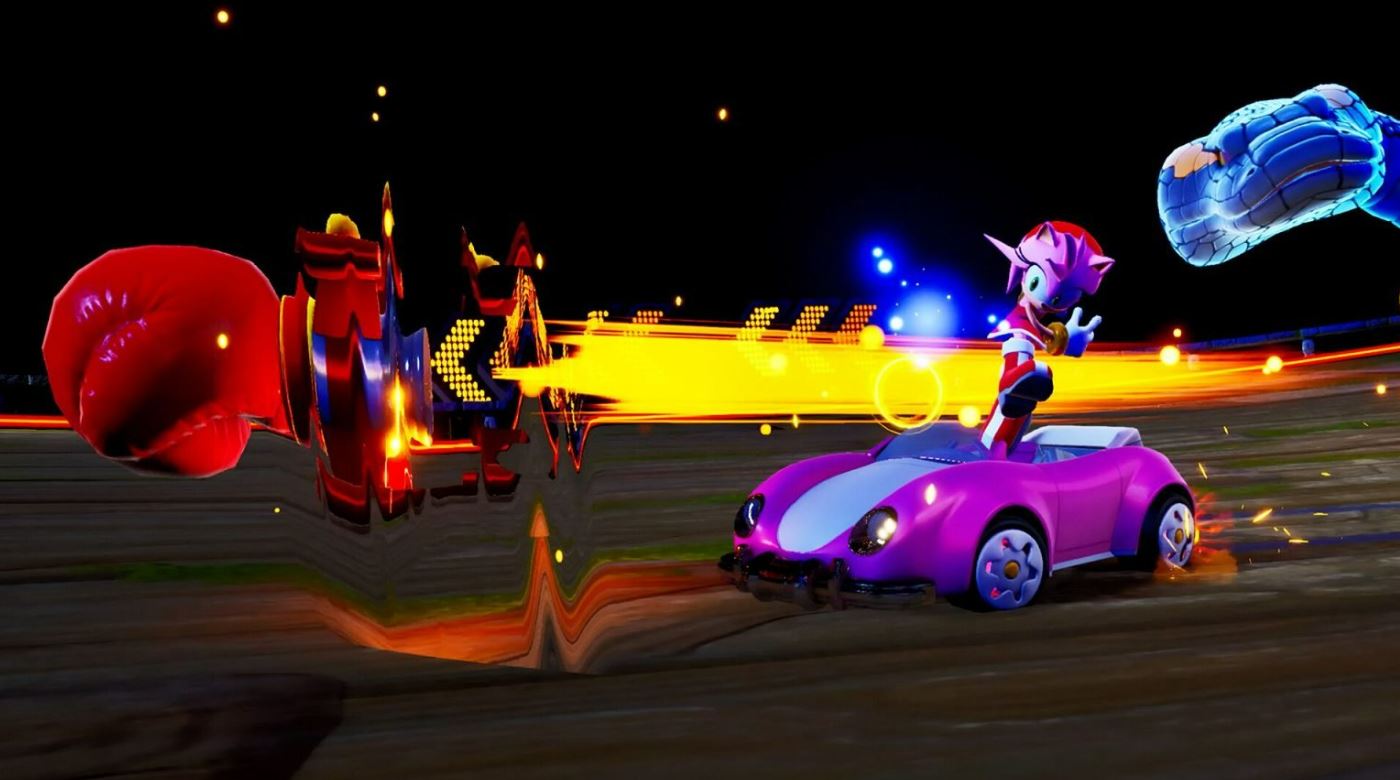
The dramatic turnarounds caused by items are what give Crossworlds its “party game-like” flavor. “But once you actually play it, you’ll discover that despite its party game appearance, the strategy and tactics are surprisingly deep and well-balanced. At its core, it’s a racing game that’s engaging to play even without items.”
According to Kohayakawa, Crossworlds’s items were added as a substitute to Initial D’s rubber banding, but in a way that doesn’t compromise fair competition. “We designed the system so that no item guarantees victory, and players always have a way to counter items. The goal was to keep the fun and chaos of a party game, while ensuring that victory ultimately goes to players who think strategically and race skillfully, not just those who get lucky.”
The developers were also conscious of making sure the number one position actually comes with benefits, even early into a race. “In item-based racing games, being in first place is often a disadvantage since everyone behind you can attack with items. That can make players not want to be in first place.” This was tackled by giving the leader the ability to change the whole course midway through the race via Travel Rings. This allows them to select the course that’s better compatible with their own Gadget setup, giving a significant upper hand.
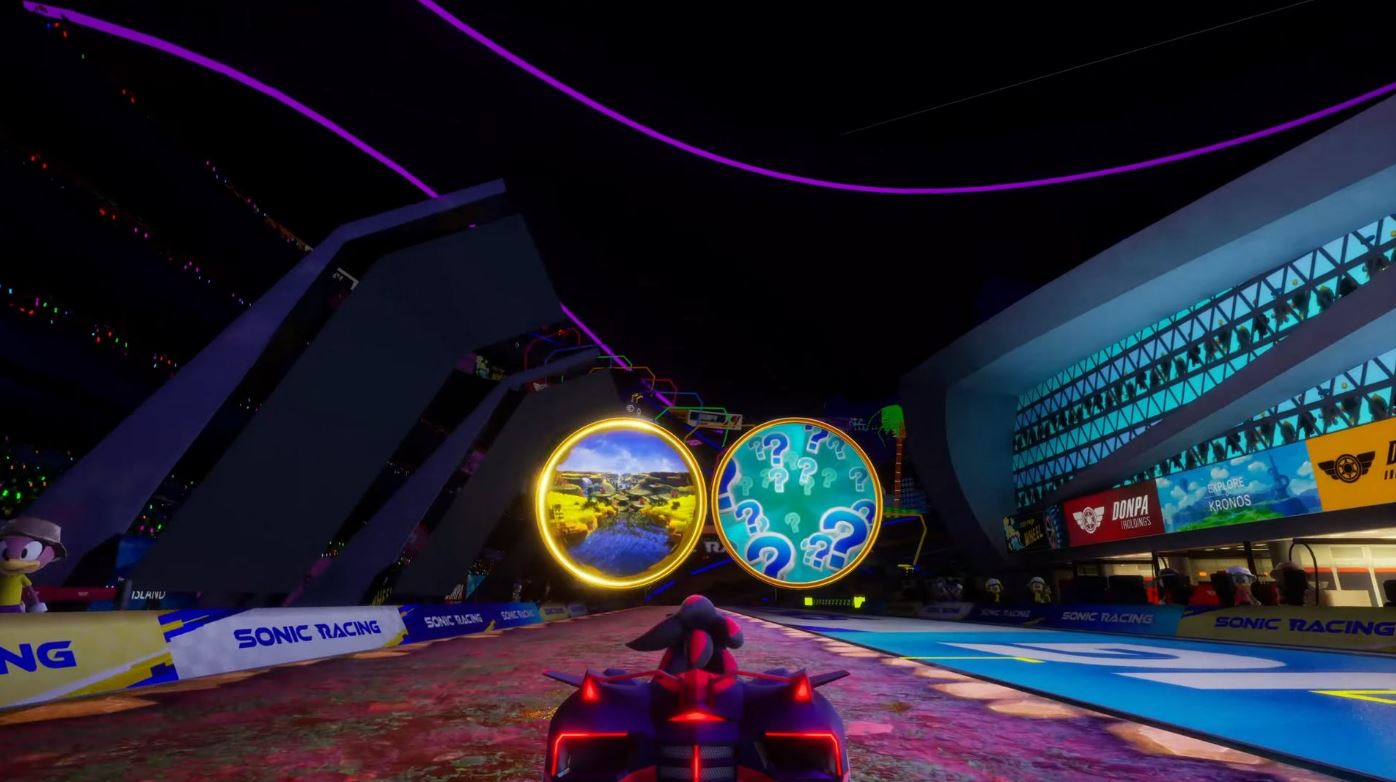
On the other hand, to prevent races from becoming too one-sided, Crossworlds had to undergo a lot of fine tuning – courtesy of the hardcore gamers at Sega. “Our arcade development team includes players who are, frankly, among the best in Japan when it comes to the racing genre.” Kohayakawa explains. “We had them do countless all-out serious matches, tuning the game until everyone agreed the balance felt right. It’s probably not something many other studios do.”
According to the director, Sonic Racing: Crossworlds’s balance is based around the development team’s idea of “racing prowess.” Players with higher racing prowess will generally win, but when skills are evenly matched, the outcome should be able to go either way.
Sonic Racing: Crossworlds is out now for PC (Steam, Epic Games Store), Nintendo Switch, PS5/PS4 and Xbox Series X|S/Xbox One. A Nintendo Switch 2 digital edition and upgrade pass are scheduled for release this Winter.
[Interviewer, writer: Haruki Maeda]
[Interviewer, editor: Ayuo Kawase]
Related article: Sonic Racing CrossWorlds’ controls are based on 20 years of experience making Initial D arcade games, devs say

